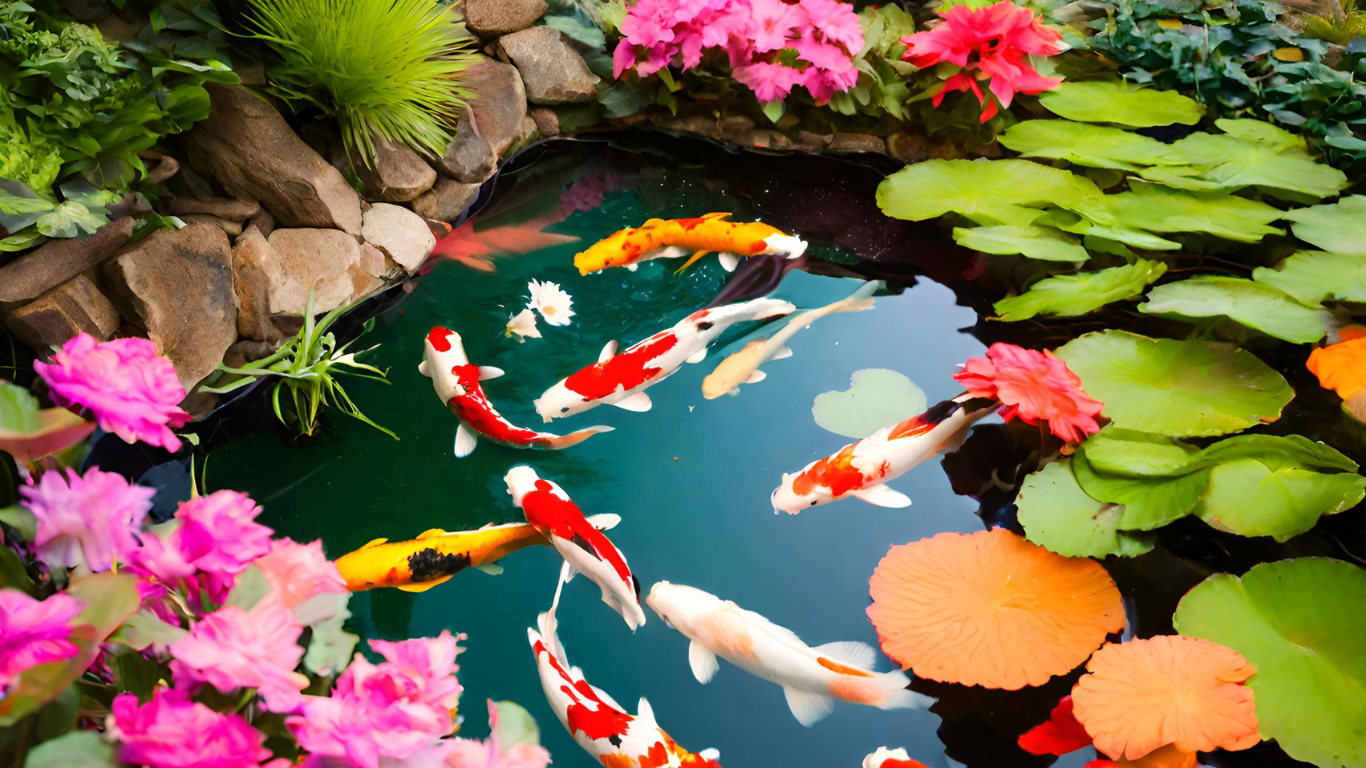
Keeping Your Pond Crystal Clear: A Guide to Pond Filtration Systems
A sparkling pond is the focal point of any water garden, but maintaining clean and healthy water requires proper filtration. This blog post will guide you through the different types of pond filtration systems available, helping you choose the perfect one for your backyard oasis.
Why is Pond Filtration Important?
Pond filtration mimics the natural processes that clean bodies of water. It removes debris like leaves, fish waste, and algae, prevents the growth of harmful bacteria, and helps maintain healthy oxygen levels for your fish and plants.
Understanding Mechanical and Biological Filtration
There are two main types of pond filtration: mechanical and biological.
- Mechanical Filtration: Mechanical filters act like sieves, physically removing debris from the water column. These filters typically use filter pads or screens to trap floating leaves, mulch, and other large particles.
- Biological Filtration: Biological filters provide a home for beneficial bacteria that convert harmful ammonia from fish waste into less harmful nitrates. These filters typically use BioBalls or other porous materials that provide a large surface area for bacteria to colonize.
The ideal filtration system for your pond depends on several factors, including:
-
Pond Size: The size of your pond is the most important factor to consider. Filtration systems are rated to handle a specific volume of water. Choosing a filter that is too small for your pond will not effectively clean the water.
-
Fish Load: The number and size of fish in your pond will also impact the filtration needs. More fish produce more waste, requiring a more powerful filtration system.
-
Presence of Plants: Aquatic plants can help to improve water quality by absorbing nutrients and providing oxygen. However, they also contribute organic matter to the pond, so you may need a slightly larger filter if you have a lot of plants.

Types of Pond Filtration Systems
There are three main types of pond filtration systems to consider:
- In-Pond Filter Systems: In-pond filter systems are compact units that sit directly in the pond. They typically combine mechanical and biological filtration, and some even include a UV clarifier to kill algae spores.
- External Pressurized Filter Systems: External pressurized filter systems are a good option for larger ponds. They are typically more powerful than in-pond filters and can be placed out of sight, helping to maintain the natural look of your pond. These systems often include backwash features for easy cleaning.
-
Skimmer Boxes: Skimmer boxes are designed to remove leaves and debris from the surface of the pond before they sink and decompose. They are a great option for ponds with a lot of leaf litter or for those who want to hide their pump.
-
Waterfall Filter Boxes: Waterfall filter boxes combine the beauty of a waterfall with the functionality of a filter. They typically use BioFalls or similar media to provide biological filtration.

Additional Tips for Maintaining Clean Pond Water
- Regularly clean your filter media to prevent it from becoming clogged.
- Perform partial water changes to remove built-up nutrients and debris.
- Maintain a healthy balance of plants and fish in your pond. Plants will help to consume nutrients and provide oxygen, while fish will help to control algae growth.
Contact Lake n Pond Pros today for expert installation services, valuable tips, and everything you need to bring your pond to life!


Leave a comment